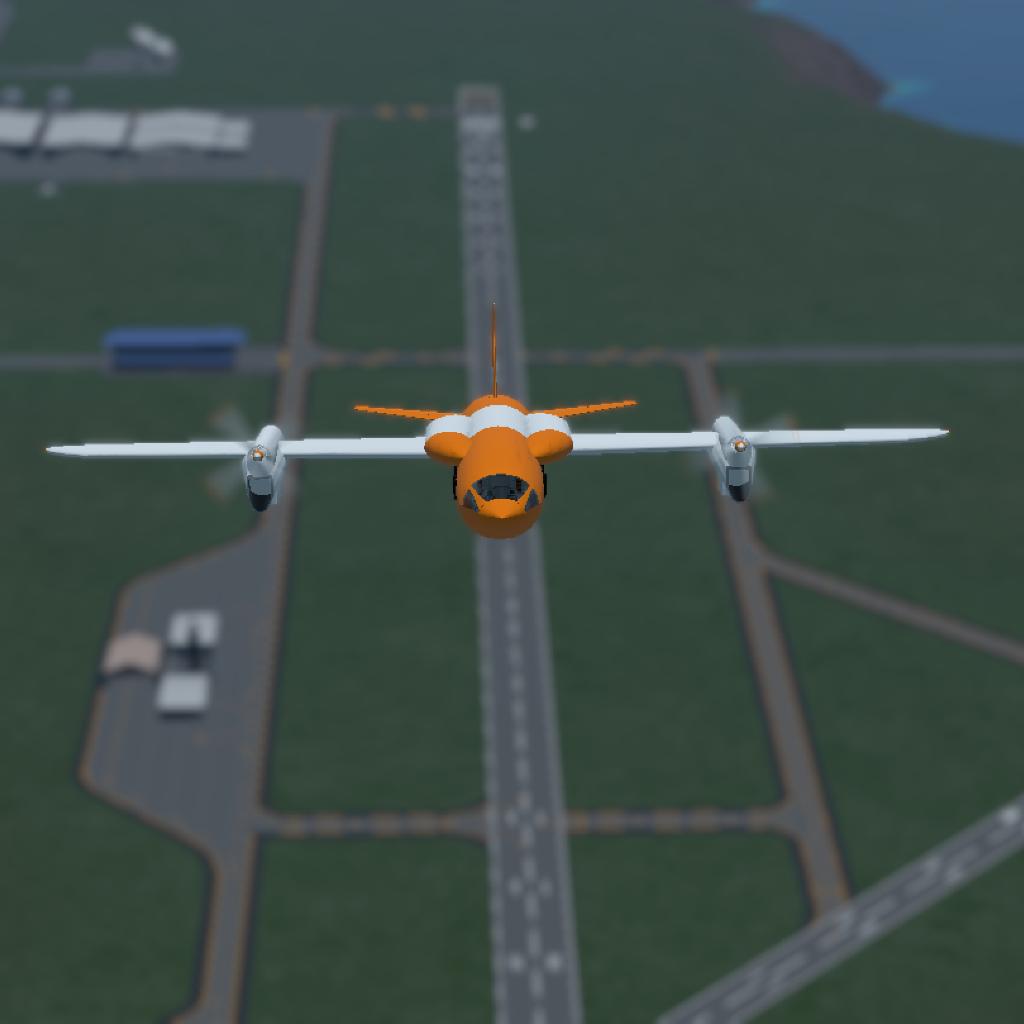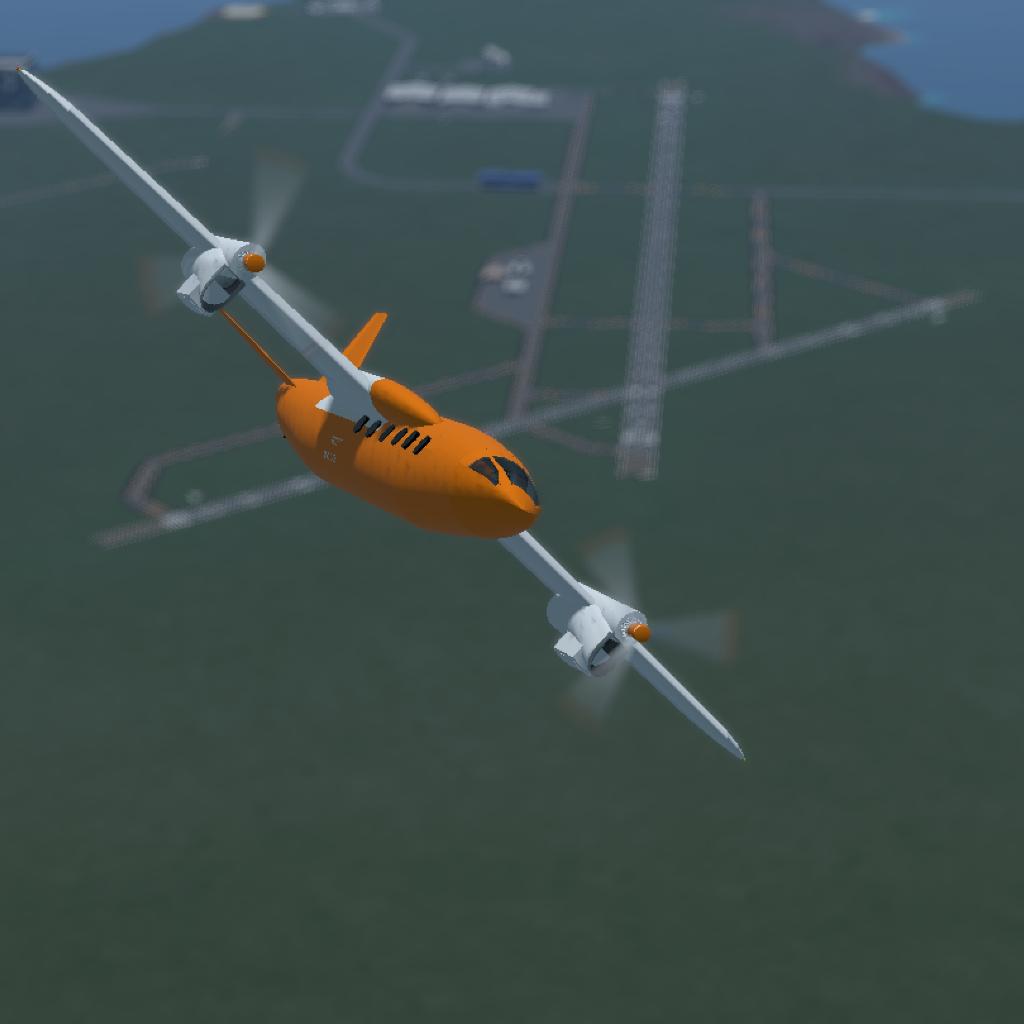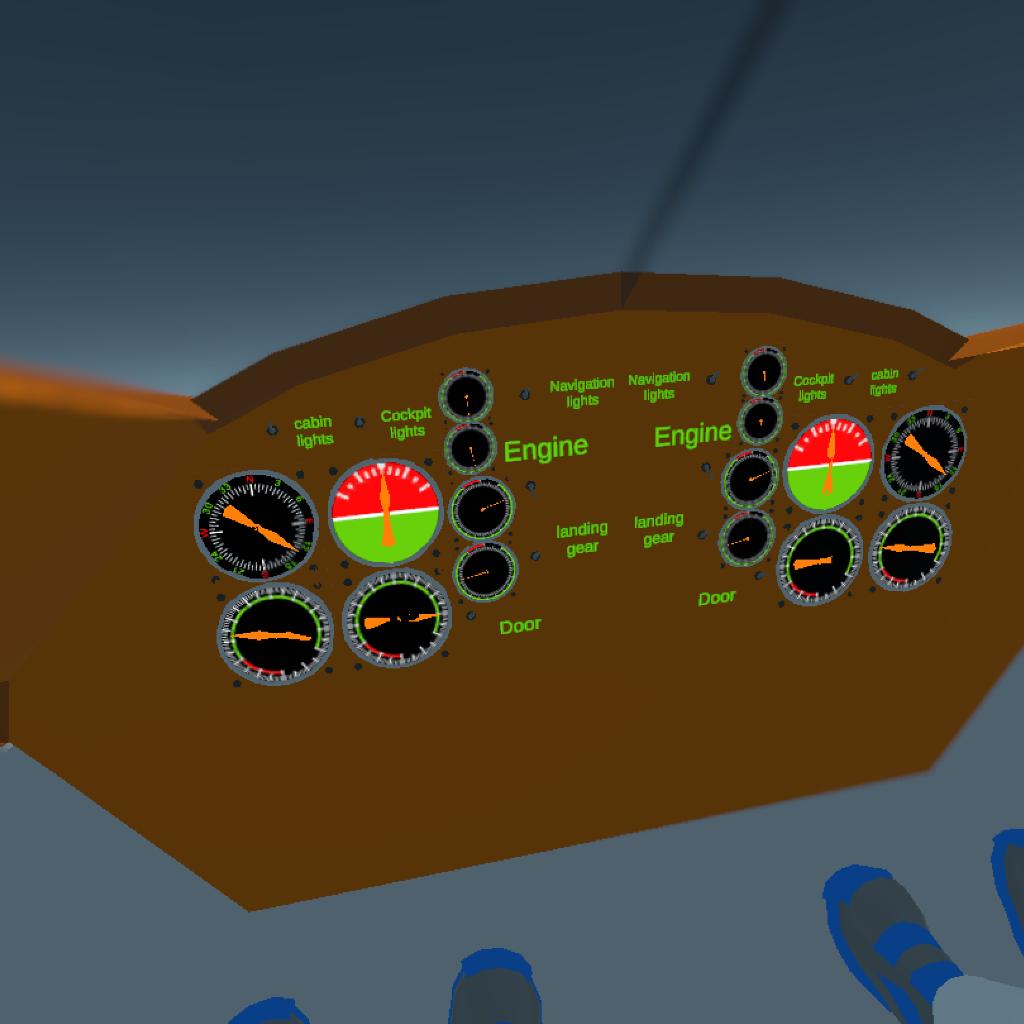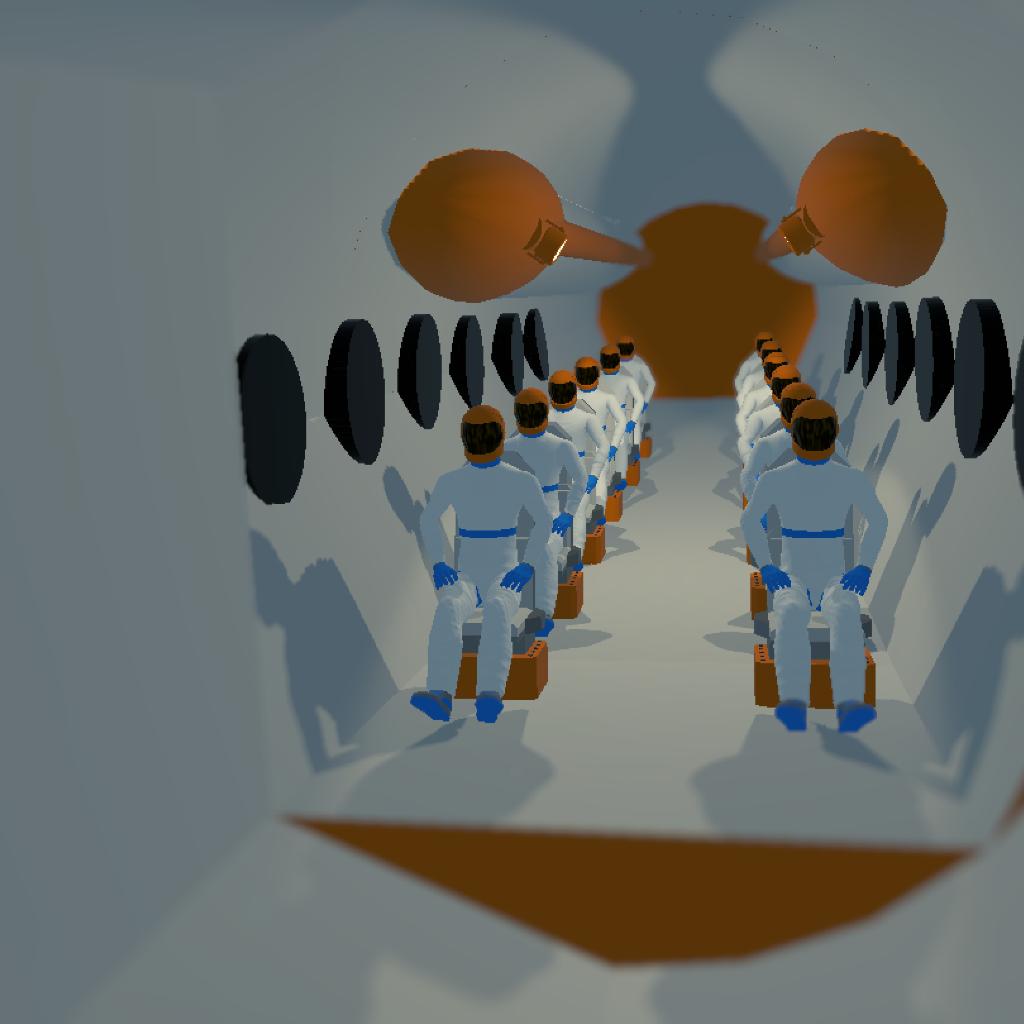Origins of the M-2
Introduction
In the dynamic era of the 1950s, Morris Industries, a burgeoning aircraft manufacturer, introduced the M-2, a unique turboprop airliner. Known for its short fuselage, distinctive landing gear configuration, and efficiency, the M-2 found its niche in regional aviation. It became particularly famous for being bought by Magnum Air, where it sported an eye-catching orange and white livery.
The Vision Behind the M-2
Founded in the late 1940s, Morris Industries aimed to transform regional air travel. The company's engineers embarked on designing an aircraft capable of efficiently servicing short-haul routes, especially those with limited infrastructure. This ambition culminated in the development of the M-2, tailored to meet the specific needs of regional carriers.
Key Features of the M-2
Turboprop Engine: The M-2 was powered by a turboprop engine, offering a balance of fuel efficiency and reliable performance. This made it ideal for short to medium-range flights, particularly in regions with developing aviation infrastructure.
Short Fuselage: The M-2's compact design featured a short fuselage, optimizing it for agility and ease of operation from smaller airports. This made it an attractive option for regional airlines needing versatile and efficient aircraft.
Landing Gear Configuration:
- Tiny Rear Landing Gear: One of the M-2's most distinctive characteristics was its tiny landing gear at the back. This allowed for steeper descent angles and precise landings on shorter airstrips, crucial for operations in remote or less-developed areas.
- Main Landing Gear Underneath the Engines: The primary landing gear was positioned directly underneath the engines, providing stability and balanced weight distribution. This innovative design contributed to the aircraft’s overall performance and safety.
Development and Production
Development of the M-2 began in the early 1950s, with Morris Industries' engineers focusing on practicality and efficiency. By 1954, the first prototype successfully took to the skies, showcasing its impressive capabilities and innovative design.
Magnum Air and the Iconic Livery
Magnum Air, a regional airline, quickly recognized the M-2’s potential and acquired a fleet of these turboprop airliners. The aircraft were painted in an eye-catching orange and white livery, making them easily recognizable and contributing to the airline's brand identity. Magnum Air's use of the M-2 further cemented the aircraft's reputation for reliability and efficiency in regional aviation.
Market Reception and Legacy
The M-2 garnered positive reception for its innovative design and operational efficiency. Regional airlines valued its ability to operate in diverse and challenging conditions. The unique rear landing gear and the stability provided by the main gear under the engines made it a standout choice.
Though Morris Industries did not achieve the fame of larger competitors, the M-2 left a significant mark on regional aviation. Its practical design and dependable performance influenced future developments in turboprop airliners.
Conclusion
The M-2 turboprop airliner by Morris Industries is remembered as a pioneering aircraft that helped shape regional air travel in the 1950s. Its unique features, particularly the tiny rear landing gear and short fuselage, allowed it to serve a critical segment of the market. The M-2's legacy lives on, especially in its iconic association with Magnum Air's orange and white livery, symbolizing a significant chapter in aviation history.
GENERAL INFO
- Successors 2 craft(s) +14 bonus
- Created On: Android
- Game Version: 1.3.111.0
- Price: $17,928k
- Number of Parts: 167
- Dimensions: 11 m x 40 m x 34 m
PERFORMANCE
- Total Delta V: 0m/s
- Total Thrust: 4kN
- Engines: 16
- Wet Mass: 77,371kg
- Dry Mass: 68,215kg
STAGES
| Stage | Engines | Delta V | Thrust | Burn | Mass |
|---|---|---|---|---|---|
| 1 | 2 | 0m/s | 0N | 0s | 77,371kg |
5 Comments
- Log in to leave a comment
-
799 Boredplanet111.5 years ago
@lly282828 ye but you could have added a ramp at the back. Just a tip;)
-
-
-










@Boredplanet I did just that.